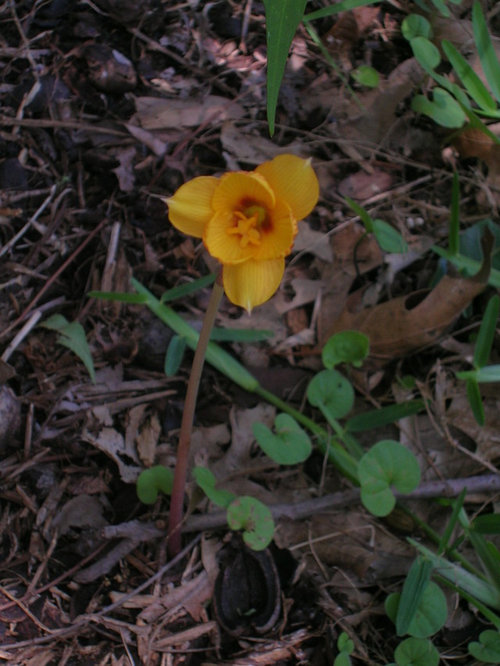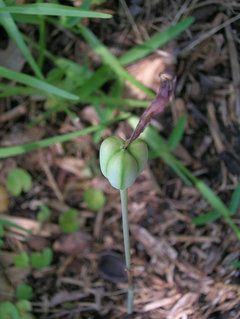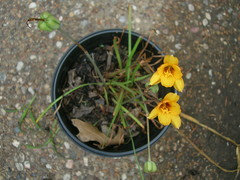Any tricks for getting copper lily to thrive?
bostedo: 8a tx-bp-dfw
9 years ago
Featured Answer
Comments (26)
sunnysa
9 years agobostedo: 8a tx-bp-dfw
9 years agowantonamara Z8 CenTex
9 years agobostedo: 8a tx-bp-dfw
9 years agoVulture61
9 years agobostedo: 8a tx-bp-dfw
9 years agobostedo: 8a tx-bp-dfw
9 years agoVulture61
9 years agobostedo: 8a tx-bp-dfw
9 years agoannieinaustin
9 years agobostedo: 8a tx-bp-dfw
9 years agoannieinaustin
9 years agobostedo: 8a tx-bp-dfw
7 years agowantonamara Z8 CenTex
7 years agolast modified: 7 years agobostedo: 8a tx-bp-dfw
7 years agowantonamara Z8 CenTex
7 years agoVulture61
7 years agobostedo: 8a tx-bp-dfw
7 years agobostedo: 8a tx-bp-dfw
7 years agobostedo: 8a tx-bp-dfw
7 years agolast modified: 7 years agobostedo: 8a tx-bp-dfw
7 years ago
Related Stories

GARDENING GUIDESPrunus Virginiana Thrives Under Deciduous Trees
Plant chokecherry for showy white flowers favored by native bees in spring, and to provide nesting habitat and food for birds
Full Story
COASTAL STYLEHow to Make Your Oceanfront Garden Thrive
You may love the beach, but many plants don't. Learn which ones are best for your warm-weather oceanside garden getaway
Full Story
GARDENING GUIDES10 Drought-Tolerant Shrubs That Thrive in Full Sun and Reflected Heat
Got a hot spot in your garden where plants often die? Try these tough shrubs that add beauty while shrugging off the heat
Full Story
CLEANINGEco-Friendly Tips and Tricks for Cleaning Your Home
Are you wary of using chemicals to clean? These simple products and tricks will keep your home spotless naturally
Full Story
HOUSEPLANTSHow to Grow Orchids Indoors
Orchids are the exotic aristocrats of the flower world and can make themselves comfortable in almost any home
Full Story
KITCHEN DESIGNTrick Out Your Kitchen Backsplash for Storage and More
Free up countertop space and keep often-used items handy by making your backsplash more resourceful
Full Story
BATHROOM DESIGNSee the Clever Tricks That Opened Up This Master Bathroom
A recessed toilet paper holder and cabinets, diagonal large-format tiles, frameless glass and more helped maximize every inch of the space
Full Story
HOUSEKEEPINGThe Best Way to Get Your Windows Spotlessly Clean
Learn the pros’ tips and tricks for cleaning windows and getting them streak-free
Full Story
COLORPlay Tricks With Color in Your All-White Room
Splash something unexpected into your sea of white to call attention to a favorite piece or just for fun
Full Story
BATHROOM WORKBOOK12 Ways to Get a Luxe Bathroom Look for Less
Your budget bathroom can have a high-end feel with the right tile, stone, vanity and accessories
Full Story











MsRed Byrd